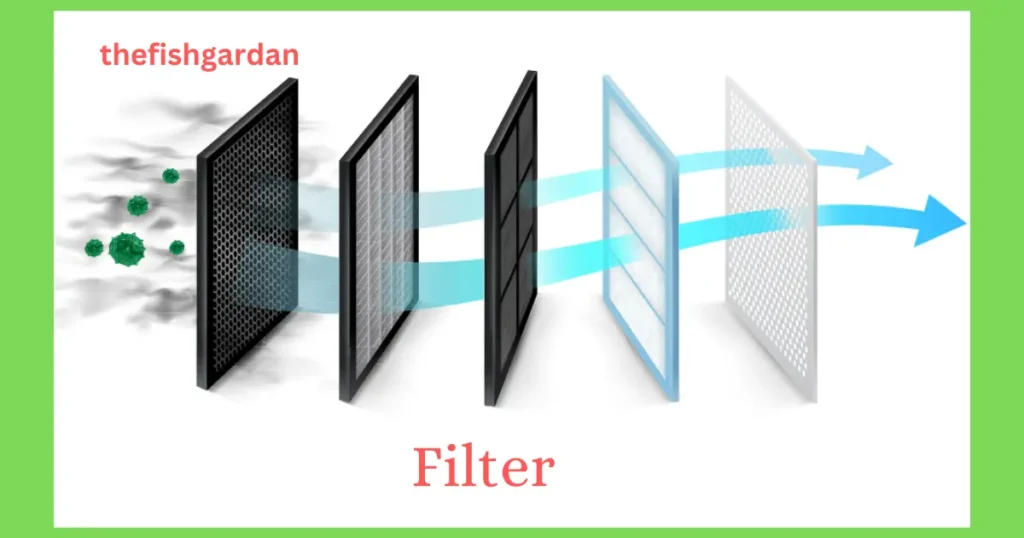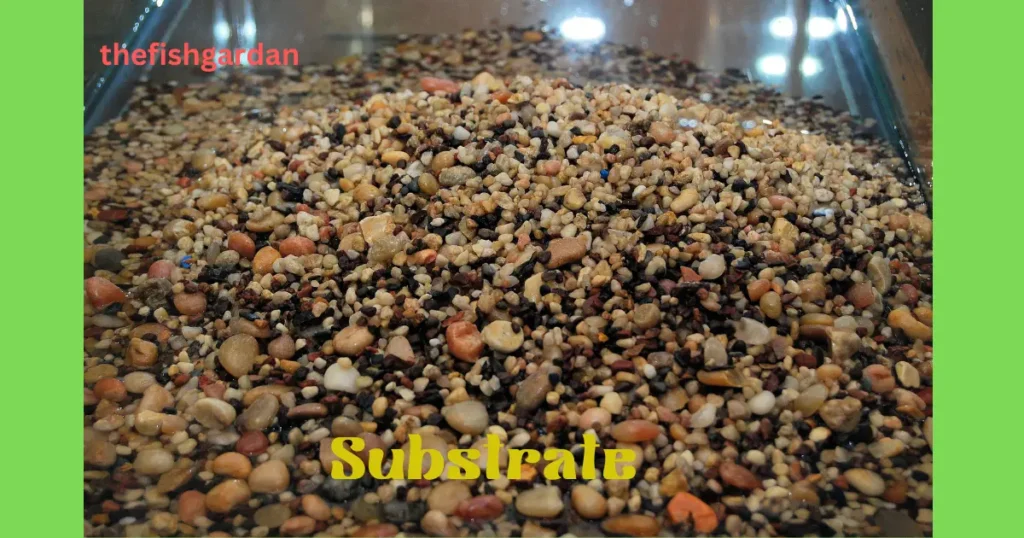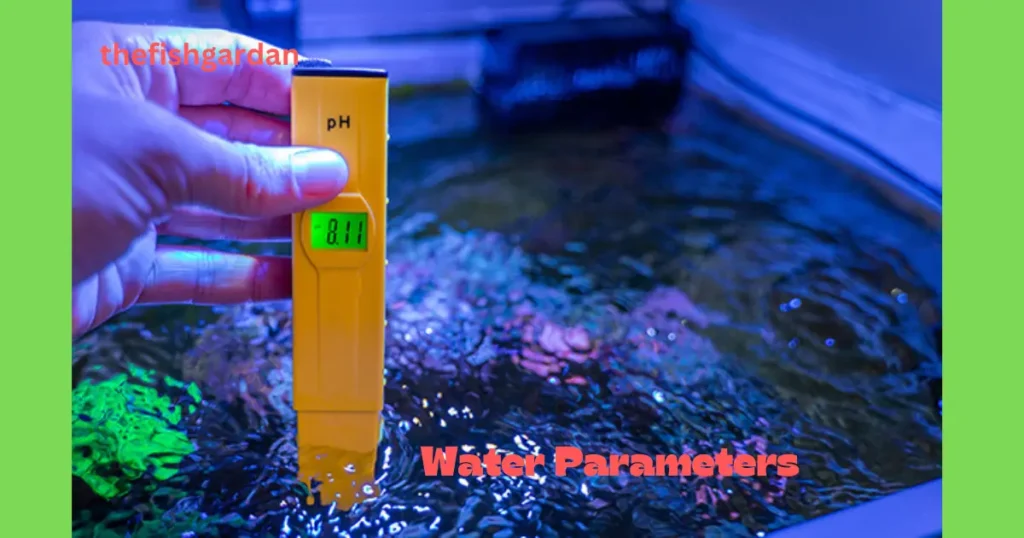A 30 gallon aquarium can make for an exciting new addition to your home. With proper setup and stocking, it opens up a world of possibilities for keeping freshwater tropical fish. But the key question many new aquarists face is: how many fish can I put in a 30 gallon tank?
The answer depends on a variety of factors, including the types of fish, tank setup, filtration capacity and more. This comprehensive 3600 word guide will cover everything you need to know about stocking a 30 gallon tank, from how many fish your tank can handle to which species work best. Read on for tips, recommendations and answers to all your questions about keeping fish happy and healthy in a 30 gallon freshwater aquarium.
What is Considered Overstocking a 30 Gallon Tank?
Overstocking an aquarium occurs when too many fish are kept in a tank that is too small. This stresses the fish and causes water quality issues that can be harmful or even fatal. So what exactly constitutes overstocking a 30 gallon tank? Here are some general guidelines:
- Exceeding 1 inch of fully grown fish per gallon of water. A 30 gallon tank should not hold more than 30 inches of fish at maximum size.
- Inadequate swimming space. Active schooling fish need room to move. Overcrowding causes aggression and stress.
- Heavy bio-load. Too much fish waste for the filter to handle. Results in ammonia and nitrite spikes.
- Minimal plants/decor. With less places to break line of sight, more territory disputes will occur between fish.
- Pushing stocking limits. Even if not technically overstocked, being at the upper limit leaves no room for error.
When in doubt, always err on the side of understocking. A less crowded tank is a healthier tank. Keep monitoring water parameters and make adjustments if you notice signs of deteriorating water quality.
How Many Small Fish in a 30 Gallon Tank?
Small, peaceful community fish that reach 3 inches or less are great options for stocking a 30 gallon aquarium. Here are some general guidelines for numbers of small fish:
Tetras, Rasboras, Danios, White Clouds
- 12-15 fish. Mix of species recommended. Zebra danios, neon tetras, harlequin rasboras, etc. Schools of 6-8 each.
Guppies, Endlers, Platies, Mollies
- 10-15 fish. Focus on 1-2 species. Mix genders for breeding interest. Add dither fish like cory cats.
Dwarf Cichlids like German Blue Rams
- 1 male & 2-3 females. 30 gallons gives a pair room to establish territory.
Small Catfish like Corydoras, Plecos
- Groups of 6-8 bottom dwellers. Mix species for interest. Pygmy corys do well in smaller tanks.
Bettas, Gouramis, Dwarf Gouramis
- 1 showpiece fish. Perhaps pair with peaceful community fish or shrimp. No tankmates for male bettas.
The above are general guidelines, not hard rules. Provide ample hiding spots and plant coverage to reduce aggression and stress when stocking smaller fish. Perform regular water changes and test water quality frequently.
How Many Medium Fish in a 30 Gallon Aquarium?
Medium-sized fish in the 3-6 inch range offer a middle ground for stocking a 30 gallon tank. Here are some suggestions:
Tetras, Barbs, Rainbowfish
- 8-10 fish. Mix it up with Congo tetras, tiger barbs, boesemani rainbows, etc. Less active than smaller tetras.
Gouramis, Mollies, Platies
- 6-8 fish. Includes honey gouramis, Dalmatian mollies, red wag platies. Avoid common plecos.
Angelfish, Dwarf Cichlids
- 3-4 cichlids. Could do a pair of angelfish or a harem of dwarf cichlids like apistos or kribs.
Plecos, Corydoras
- 8-10 bottom dwellers. Bristlenose and rubbernose plecos fit the size range. Pygmy corys also work well.
With medium sized fish, provide plenty of line of sight breaks and resting spots at different tank levels. Keep an eye on filtration needs and water parameters. Moderate stocking levels help prevent aggressive behavior.
How Many Large Fish for a 30 Gallon Aquarium?
Large fish over 6 inches long are not ideal tankmates in a 30 gallon aquarium. A general rule is only 1-2 big fish, and even that may be pushing it. Some possibilities include:
Oscar
- 1 fish max. Need at least 55 gallons long term. Very messy.
Jack Dempsey
- 1 fish. Require 50+ gallons as adults. Aggressive.
Green Terror
- 1 fish. Need a 48″ x 12″ footprint. Aggressive cichlid.
Angelfish
- 2 fish. Should be an opposite sex pair. Tall tank recommended.
Goldfish
- 0 fish! Need much larger tanks and cool water.
Common Pleco
- 0 fish. Grow over a foot long. Need 75+ gallon tanks.
Housing large fish in too small a tank can lead to permanent stunting and a compromised immune system. It’s best to avoid pushing the limits of a 30 gallon where big fish are concerned. If you want a showpiece fish, upgrade to at least a 55 gallon tank first.
Best Fish for a 30 Gallon Aquarium
Here is a summary of some of the best fish species that work well in a 30 gallon aquarium:
Tetras
- Neon Tetra
- Rummy Nose Tetra
- Ember Tetra
- Congo Tetra
- Lemon Tetra
Rasboras
- Harlequin Rasbora
- Lambchop Rasbora
- Chili Rasbora
Danios
- Zebra Danio
- Pearl Danio
- Giant Danio
Barb Fish
- Cherry Barb
- Odessa Barb
Rainbowfish
- Boeseman’s Rainbowfish
- Dwarf Neon Rainbowfish
Gouramis & Bettas
- Honey Gourami
- Sparkling Gourami
- Dwarf Gourami
- Betta (male only)
Corydoras Catfish
- Pygmy Corydora
- Panda Corydora
- Sterbai Corydora
Plecos
- Bristlenose Pleco
- Rubbernose Pleco
- Clown Pleco
This list covers some of the most popular, readily available species that are well suited and stay under 6 inches when fully grown. Prioritize fish with similar water parameter needs when stocking.
Recommended Tank Mates for a 30 Gallon Aquarium
Mixing compatible tank mates is key to a healthy community aquarium. Here are some 30 gallon tank mate suggestions:
- Tetras + dwarf cichlids: A school of neon tetras combined with a pair of German blue rams makes a classic combo.
- Rasboras + guppies: Active harlequins and lively guppies complement each other nicely.
- Danios + cory cats: Zebra danios school at the top while corydoras scavenge below.
- Platies + swordtails: Mix and match varieties of these livebearing fish for lots of activity.
- Mollies + gouramis: The peaceful honey gourami won’t bother mollies.
- Betta + shrimp/snails: Make the betta the showcase with cherry shrimp or nerite snails as clean up crew.
- Angelfish + tetras: Larger tetras like congos can handle angel’s water parameters.
- Dwarf cichlids + bottom dwellers: Apair of apistos or rams with pygmy corys work well.
Choose fish with similar size, temperament, and habitat needs for best results. Avoid mixing aggressive fish like tiger barbs with slow, long-finned fish. The options are nearly endless for stocking a 30 gallon!
Ideal Aquarium Setup for a 30 Gallon Tank
To help your 30 gallon tank thrive, start with an ideal tank setup. Here are key components to consider:
Filter

Choose a quality canister filter or hang on back filter rated for at least 40-60 gallons. This provides ample filtration for a moderately stocked community tank. Popular options include the Fluval 207, Marineland C-Series, and AquaClear 70.
Substrate

Use a fine grain aquarium gravel or sand substrate 1-2 inches deep. Sand supports live plants better than gravel. Popular options are pool filter sand and CaribSea Super Naturals.
Decorations
Provide plenty of caves, rocks, driftwood, and plants to break up lines of sight. This allows fish to establish their own territories and reduces aggression.
Plants
Live plants compete with algae and absorb fish waste. Easy, low light options include java fern, anubias, amazon sword, vallisneria, crypts, and anacharis.
Lighting
A full spectrum LED light with customizable brightness/color settings works well. Nicrew, Beamswork and Finnex make quality low cost LED lights for 30 gallon tanks.
Heater
Use a 100-150 watt adjustable aquarium heater to maintain water temperature between 75-82°F depending on desired fish species. Popular brands are Eheim Jager and Fluval E series.
Water Parameters

Most community fish thrive in soft and slightly acidic water. Ideal parameters are:
- pH: 6.0 – 7.5
- Temperature: 75-80°F
- Hardness (dH): 5-12
- Alkalinity (kH): 3-8
Filtration Capacity
Aim for approximately 10x gallons per hour (gph) filtration. For a 30 gallon tank, look for a filter with 300+ gph rated flow. This allows ample filtration and water circulation.
Stocking a 30 Gallon Planted Tank
Live plants offer natural beauty and improved water quality in an aquarium. Here are some tips for stocking a planted 30 gallon tank:
- Choose plant-friendly fish. Tetras, rasboras, hatchetfish, guppies, and dwarf cichlids are good choices. Avoid plant nibblers like goldfish and cichlids.
- Reduce fish load slightly. The plants and reduced bioload will help offset this. Aim for 1 inch of fish per 2 gallons.
- Include algae eaters like otocinclus catfish, amano shrimp, nerite snails to keep plant leaves clean. Avoid Siamese algae eaters who may eat plants.
- Use soft, acidic water loving plants. Excellent choices include java fern, anubias, mosses, anacharis, valisneria, swords, cryptocorynes and stem plants. Avoid calcareous hard water plants.
- Provide high intensity lighting to support photosynthesis. Full spectrum LED lights work great. Duration of 10-12 hours per day.
- Supplement with liquid fertilizers and root tabs for heavy root feeders like crypts and swords. Avoid chemical CO2 which can alter pH.
Taking these steps when stocking and planting a 30 gallon aquarium will result in a beautiful planted community tank that adds natural appeal.
Stocking a 30 Gallon African Cichlid Tank
African cichlids offer stunning color and activity for a 30 gallon tank, but require some special considerations:
- Stock only African cichlids – No mixing with New World or community fish.
- Perform frequent water changes – 30-40% per week. Cichlids are messy.
- Overfilter the tank – Use a cannister filter rated for at least 60 gallons.
- Add rockwork and caves – Allow territorial disputes to resolve naturally.
- Species tank or all-male tank recommended – Avoid hybridization and breeding stress.
- Stock moderately – 15 small shell-dwellers or 8-10 slightly larger haplochromis species.
- Mbuna species work best – Yellow labs, acei, rusties, saulosi, kenyi, and more.
While a bit more challenging, a 30 gallon African cichlid tank can work well. Focus on dwarf Mbuna species, provide ample hides, overfilter the tank, and closely monitor water parameters. This allows the Mbuna’s bright colors and active behaviors to shine.
Can You Keep a Betta in a 30 Gallon Tank?
Absolutely! A 30 gallon tank is an ideal home for a betta fish. Here are some tips:
- Establish plenty of line of sight breaks with plants and decor. This allows the betta to claim a territory.
- Choose peaceful tank mates like small rasboras, tetras, cory cats, snails and shrimp. Avoid nippy fish like guppies.
- Use a gentle filter like a sponge filter to prevent fin damage from strong currents.
- Maintain warm, stable water temperature around 78-80°F. Bettas prefer this.
- Supplement with floating plants like hornwort or anacharis. Bettas appreciate leaves to rest on near the surface.
- Feed a high quality pellet and treat with frozen foods like brine shrimp or bloodworms.
With proper tank setup and compatible tank mates, a 30 gallon provides an enriching, engaging environment for bettas to truly thrive. Take advantage of the extra space a larger tank provides.
Tank Size Upgrades: When to Upgrade from 30 Gallons?
While suitable for many community fish and nano species, even a 30 gallon tank may eventually become too small for some fish. Watch for these signs it’s time to upgrade:
- Fish growth exceeding 60% of tank size
- Territorial disputes and aggression increasing
- Waste accumulating rapidly between water changes
- Fish gasping at surface indicating low oxygen levels
- Stunted growth from cramped conditions
Some suggested upgrade tank sizes from a 30 gallon include:
- For large schooling fish like giant danios – 55 gallons
- For cichlids like oscars and jack dempseys – 75+ gallons
- For goldfish or commons plecos – 50-75 gallons
- For frontosa and other large cichlids – 90+ gallons
- For freshwater stingrays – 150+ gallon custom tank
Rather than overstock a too small tank, upgrade fish that outgrow the 30 gallon into an appropriately sized larger tank. This allows them to thrive at their adult sizes.
Frequently Asked Questions about Stocking a 30 Gallon Tank
How many neon tetras in a 30 gallon tank?
A 30 gallon tank can comfortably house 12-15 neon tetras. They need to be kept in a school of 6-8 to exhibit natural behaviors. Round out the tank with other peaceful community fish like small rasboras, cory cats or guppies.
What fish can live with a betta in a 30 gallon tank?
Good 30 gallon tank mates for a betta include small tetra species like embers and neon tetras, rasboras, dwarf cory catfish, snails like nerites, shrimp like cherry shrimp, and African dwarf frogs. Avoid fin nippers like tiger barbs or guppies.
Can angelfish go in a 30 gallon tank?
Two juvenile angelfish under 3-4 inches can temporarily be kept in a 30 gallon tank. But they will quickly outgrow that footprint. Aim for at least a 40 gallon breeder or ideally a 55 gallon tank for a pair of mature angelfish 12 inches tall.
How many guppies in a 30 gallon tank?
You can keep 10-15 male guppies or 20-30 female guppies in a heavily planted 30 gallon aquarium. The larger number of females accounts for fry production. Target 1 male per 2-3 females for best results. Provide plenty of hiding spots.
What bottom feeders are good for a 30 gallon community tank?
Great 30 gallon bottom feeders include Corydoras catfish like peppered, albino, and pygmy cories, smaller plecos like clown and bristlenose plecos, loaches like kuhli and clown loaches, and snails like nerites and mystery snails.
Conclusion
Stocking a 30 gallon community aquarium opens up a wide array of options for freshwater tropical fish. Focus on selecting compatible species in the right quantities to keep fish healthy and waters stable. Provide plenty of tank decor, filtration, and perform regular maintenance. Test water parameters routinely to catch any signs of trouble early. Following the guidelines in this guide will lead to a thriving 30 gallon tank.
The key is to choose fish suited for a 30 gallon footprint, moderately stock the tank, and provide proper tank setup from substrate to filtration. Mix active schooling fish with interesting bottom dwellers. Avoid overloading any one area of the tank or pushing the limits on fish sizes and numbers. Most importantly, enjoy the aquatic world you create and the behaviors of your new fish! With a little research and planning, a 30 gallon tank can produce a rewarding aquarium experience.